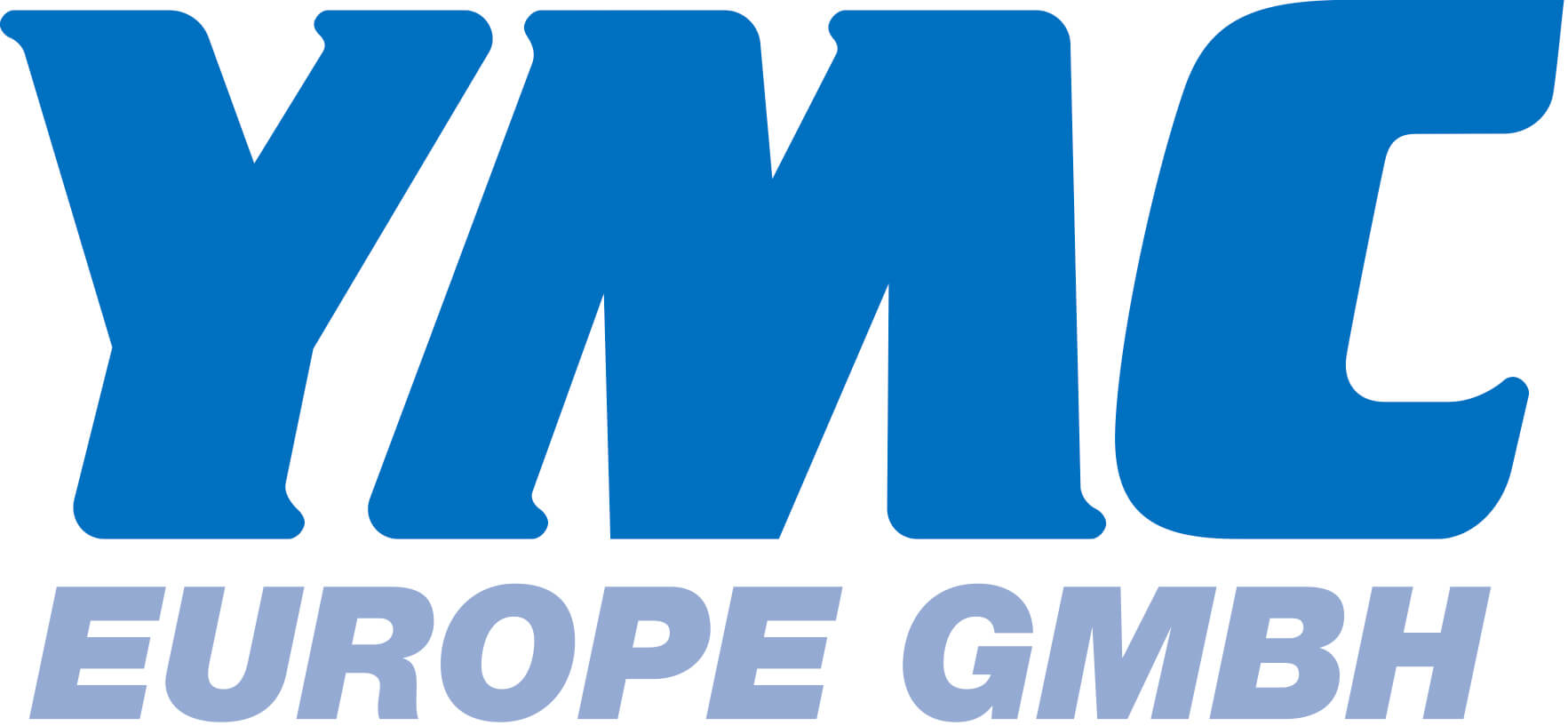
During bioprocessing of supercoiled DNA, chemical and physical factors can cause conformational changes leading to formation of the other, less favourable isoforms. Hydrophobic interaction chromatography (HIC) is a very good method for monitoring the purity of DNA. In this application note, three plasmid DNA (pDNA) isoforms in linear, open circular and supercoiled conformation are separated by HIC using a BioPro HIC BF column.
The composition of the eluent is crucial for the successful separation of pDNA isoforms. Binding of pDNA to the stationary phase often depends on the correct amount of antichaotropic (kosmotropic) salt. In this application note this is achieved with 2.5 M (NH4 ) 2 SO 4 . To separate the three isoforms, two buffers with different pH are tested. The separation of the pDNA isoforms is possible with both buffers (figure 1 & 2). By using ammonium phosphate buffer, the flow rate can be increased to 1.0 mL/min, reducing the analysis time to approximately 19 min.





